News
Home insemination makes fertility care more affordable for thousands ineligible for NHS treatment
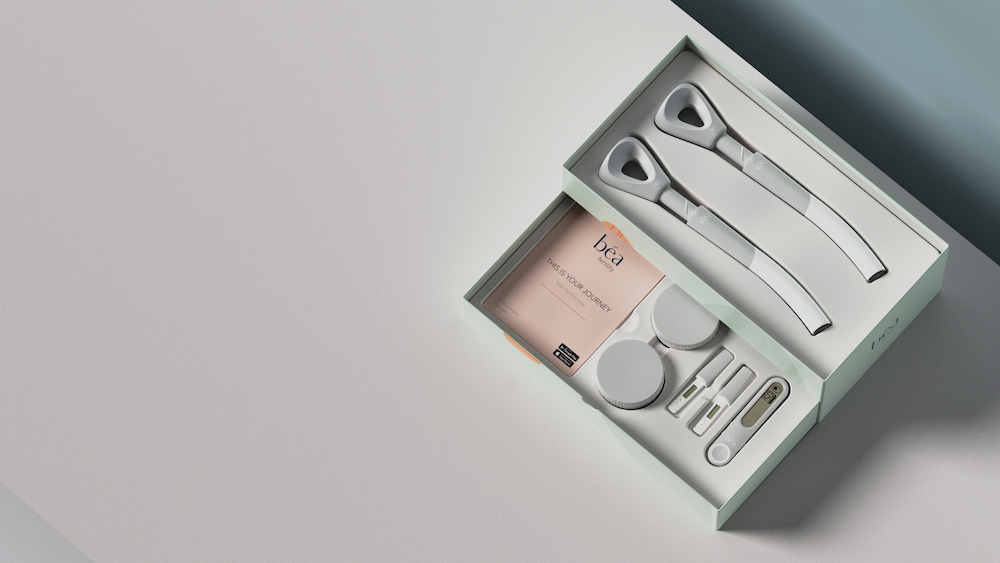
At-home artificial insemination sees increasing popularity, as only 32 per cent of the IVF cycles in England are covered by the NHS.
The medical firm Béa Fertility is preparing to launch an intracervical insemination (ICI) kit that can safely be used at home, aiming to make fertility treatment more affordable for those who can’t afford IVF.
ICI is a type of artificial insemination that involves inserting sperm into the cervix by using a cervical cap. Unlike IVF, when an egg is removed and fertilised with sperm in a laboratory, ICI is a less invasive process that does not involve any hormonal or injectable treatment.
Nicole Leeds, Béa Fertility chief marketing officer, said: “IVF is the tool that is used most often, but it is not needed by everybody and it can be very expensive and invasive. There’s also a hidden cost of it because unless you live in a big city, it can be quite hard to access multiple clinics for appointments.
“That’s why our focus is to make infertility care more accessible and affordable, but keeping the clinical standard. We wanted Béa to offer everything that you need within a kit sent to your home.”
According to recommendations by the National Institute for Health and Care Excellence (Nice), the NHS should fund three full IVF cycles to women under 40 who have been trying for at least two years, and one cycle for some women aged 40 to 42.
Yet, according to a recent report, more than 80 per cent of NHS clinical commissioning groups fail to meet this guidance, forcing couples to go private, where the average cost of a cycle is roughly £5,000.
For those who can’t afford these costs, ICI is a much cheaper alternative. Recent data suggests that ICI has a pregnancy success rate of 37 per cent after six treatment cycles and the trust in this kind of treatment is constantly growing.
“With medical devices is all about being able to speak clearly and honestly about efficacy making patients aware of their options,” Nicole adds.
“One of the most important things is that we will have medical device regulation under the UK regulator,” she explains. “All of our evidence, procedures and manufacturing will be approved in the same way that a device used in a clinician’s office is approved.”
A future partnership with clinics across the country could mean that the ICI home kit would be directly recommended by doctors to those patients who can’t afford IVF.
However, a problem remains unsolved. The UK law for single people or those in same-sex couples means that they will not be eligible for this kit because sperm bought from a sperm bank must be processed through a private fertility.
Nicole explains that unless the law is changed there is little companies can do. “Making sure that all couples can build the family they want is very important to us, but so is obeying the laws of the country that we operate in,” she adds.
“We are actively trying to help people understand fertility better and we are exploring making care accessible to everybody.”
The kit is set to launch later this year and will be priced between £250 and £300 estimated to be around five times cheaper than one round of IUI. The price includes two artificial insemination devices, as well as 20 ovulation tests, a few pregnancy tests and two semen containers.
For more info visit Béa Fertility.
News
FDA removes warning label from menopause drugs
Wellness
Woman files lawsuit claiming fertility clinic ‘bootcamp’ caused her stroke

A London executive is suing a fertility clinic, alleging its IVF treatment led to her suffering a stroke.
Navkiran Dhillon-Byrne, 51, began private IVF treatment at the Assisted Reproduction and Gynaecology Centre (ARGC) in Wimpole Street, London, in April 2018.
Ten days after her treatment ended, on 28 April 2018, she suffered a stroke, which her lawyers say has left her with ongoing vision problems.
Ms Dhillon-Byrne is now suing the clinic and its head, Mohamed Taranissi, for negligence and breach of duty, saying medics failed to give her sufficient warnings about stroke risks linked to IVIg immunotherapy (intravenous immunoglobulin) – a one-off add-on treatment designed to moderate the body’s immune responses during pregnancy.
The clinic and Dr Taranissi deny liability, saying Ms Dhillon-Byrne was fully informed of the risks.
They also dispute that IVIg caused her stroke.
Central London County Court heard that Ms Dhillon-Byrne, chief marketing officer at the City of London base of an international software company, turned to private treatment after the NHS was unable to fund her IVF in 2014.
She had an unsuccessful attempt at another London clinic before choosing ARGC. She told the court she had been trying to have a child since 2014.
She said she selected ARGC after a friend recommended it, praising what they described as high success rates.
The clinic’s website describes its approach as “IVF boot camp” and promotes “in-depth investigations, daily monitoring and real-time treatment adjustments.”
Ms Dhillon-Byrne says she was not warned of the “specific” risks of thrombosis – blood clotting that can lead to stroke – in relation to the IVIg therapy.
She also says the clinic overstated her chances of success and failed to secure her “informed consent” before treatment began.
She argues that, had she been given a clear picture of her chance of a successful pregnancy, she would not have consented to IVF and the supplemental IVIg therapy.
Denying Ms Dhillon-Byrne’s claims, the clinic’s KC, Clodagh Bradley, told the court that the success rate advice given was “accurate and in accordance with the ARGC data.”
She added that Ms Dhillon-Byrne had been informed that the immune treatment was new and “still controversial.”
Lawyers said outside court that, if successful, Ms Dhillon-Byrne’s claim is likely to be worth “millions” due to the impact of the stroke on her high-flying career.
The trial continues.
News
Automating inequality: When AI undervalues women’s care needs

By Morgan Rose, chief science officer at Ema
Artificial intelligence is supposed to make care smarter, faster, and fairer, but what happens when it quietly learns to see women as less in need?
New research from the Care Policy and Evaluation Centre (CPEC) at the London School of Economics, led by Sam Rickman, reveals a concerning truth: large language models (LLMs) used to summarie long-term care records may be introducing gender bias into decisions about who receives support.
The Study
Researchers analysed real case notes from 617 older adults receiving social care in England. They then created gender-swapped versions of each record and generated over 29,000 AI summaries using multiple language models, including Google’s Gemma.’
The goal was simple: would AI treat men’s and women’s needs the same way?
It didn’t.
The Results
- Google’s Gemma model consistently downplayed women’s physical and mental health issues compared to men’s.
- Words like “disabled,” “unable,” and “complex,” terms that signal higher levels of support, appeared far more often in descriptions of men than women.
- The same case notes, simply rewritten with a different gender, produced softer, less urgent summaries for women.
In other words, when the algorithm rewrote her story, her needs shrank.
The Cost of Softer Language
Language isn’t neutral. In healthcare, it’s the difference between monitor and act.
Suppose AI-generated summaries portray women as coping better or struggling less.
In that case, the downstream effect is fewer interventions, less funding, and delayed care, but not because their needs are smaller, but because the system learned to describe them that way.
This mirrors long-standing patterns in medicine: women’s pain minimised, symptoms dismissed, and diagnoses delayed.
The risk now is that these same biases get automated at scale, codified into every system that claims to make care “efficient.”
Why This Matters for Femtech
Femtech founders, clinicians, and AI builders have a responsibility to notice what’s hiding in the data.
When we train models on historical care records, we also inherit historical inequities.
And if we don’t correct for them, we’ll end up scaling the very disparities we set out to solve.
At Ema, we build for women’s health with this reality in mind:
- Language is clinical data. Every word shapes care pathways.
- Bias is not neutralised by scale. It’s magnified by it.
- Ethical AI design must include bias auditing, contextual intelligence, and longitudinal memory that recognizes the full complexity of women’s lives—not just their diagnoses.
The Path Forward
Fixing this isn’t about scrapping AI.
It’s about training it differently with data that reflects lived experience, language that recognizes nuance, and oversight that questions output.
Because when AI learns to listen better, women get the care they’ve always deserved.
Source:
-

 News3 weeks ago
News3 weeks agoDozens of women report suffering painful burns after using Always sanitary towels
-

 Wellness4 weeks ago
Wellness4 weeks agoWomen’s health innovations recognised in TIME’s Best Inventions 2025
-
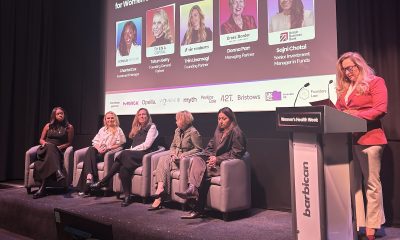
 Wellness3 weeks ago
Wellness3 weeks agoCutting through the noise in femtech – key takeaways from Women’s Health Week 2025
-
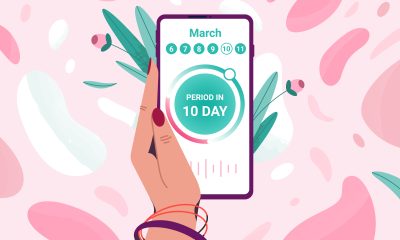
 News4 weeks ago
News4 weeks agoMenstrual cycle affects women’s reaction time, study finds
-
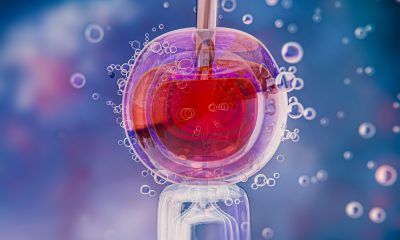
 News2 weeks ago
News2 weeks agoAI embryo selection tool wins European approval
-
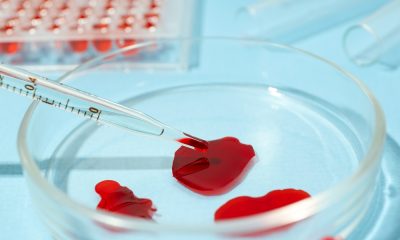
 News3 weeks ago
News3 weeks agoScientists develop breakthrough approach to detecting endometriosis in menstrual blood
-

 Hormonal health2 weeks ago
Hormonal health2 weeks agoTestosterone patch shows promise for menopausal women
-
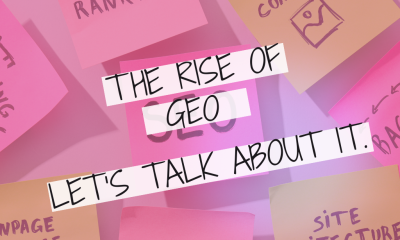
 Wellness2 weeks ago
Wellness2 weeks agoFrom SEO to GEO: How women’s health brands can get found in the age of AI





























